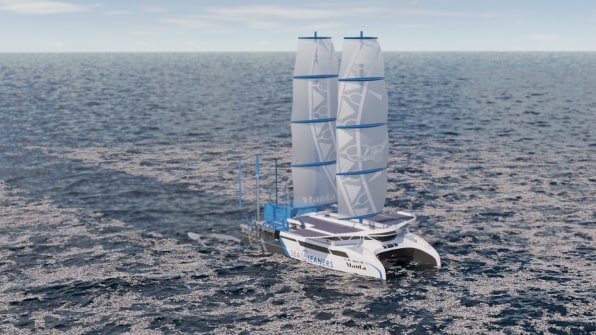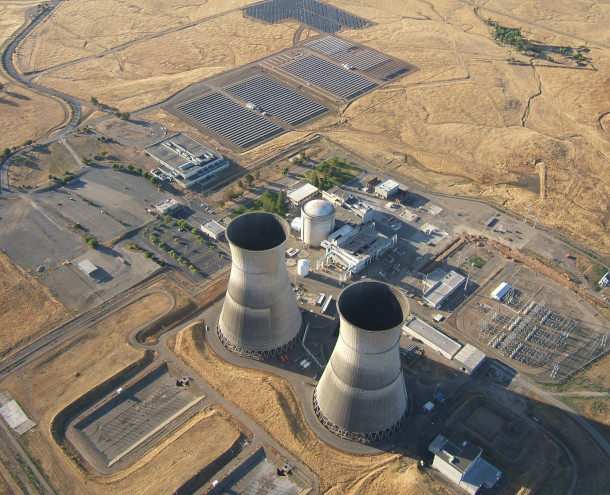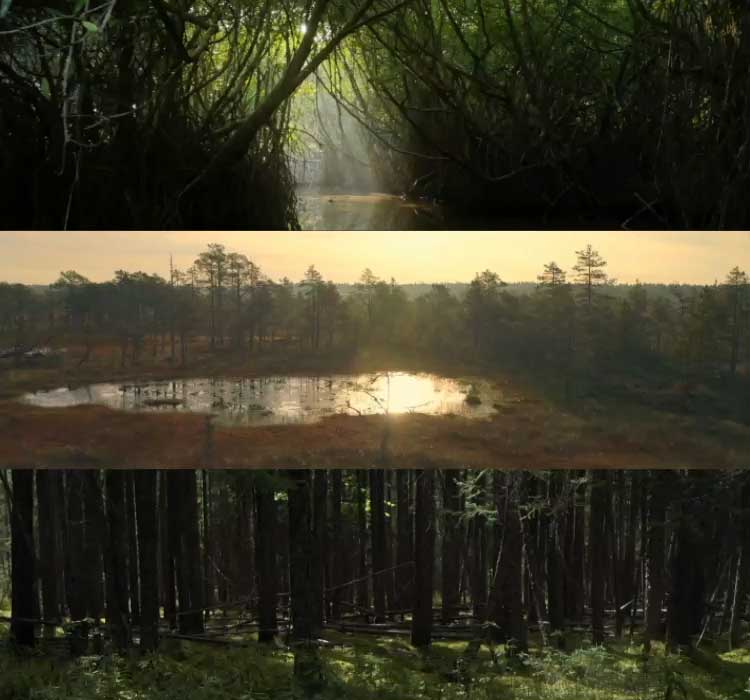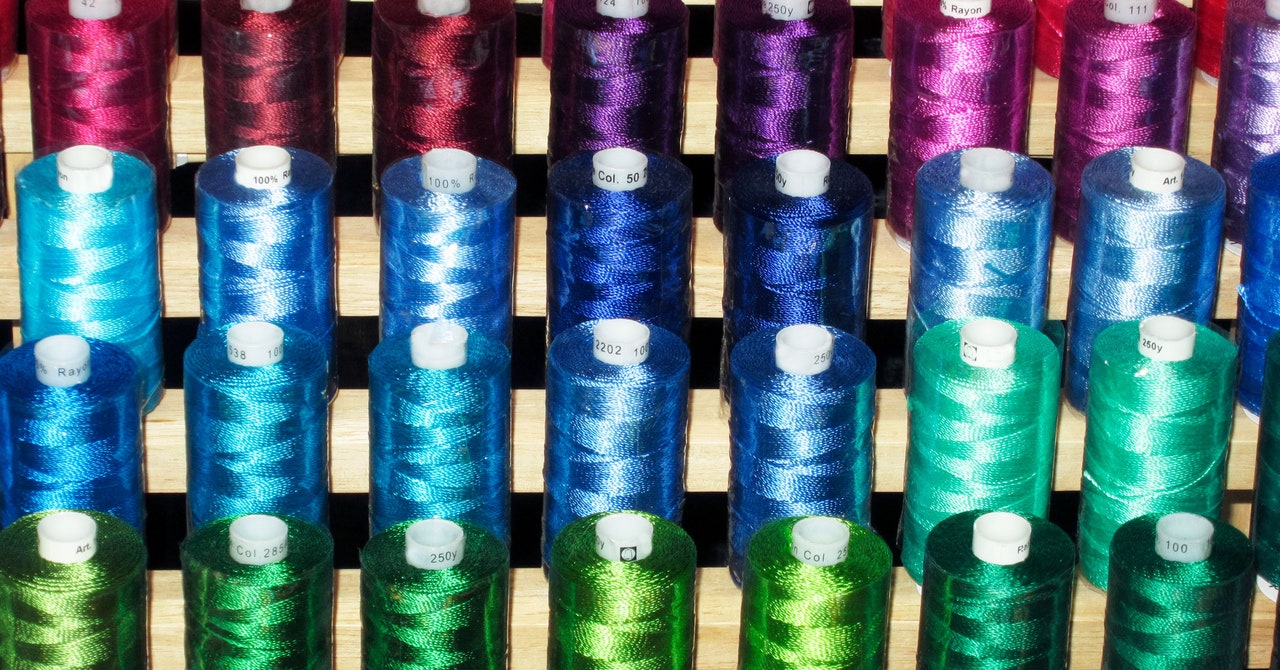Simplicity is the new black…
A cluttered desk is the sign of a cluttered mind.
The same goes for your shower, your refrigerator, your car, and even all the apps on your iPhone. Do we really need all this stuff? Is it actually adding value to our lives?
When my surroundings are hectic, I get worn down faster and I’m less creative. When my environment is simple and organized, I feel more relaxed, less distracted, and have more time to day dream about my next vacation (which makes me happy).
While some good old fashioned spring cleaning is a good way to declutter, the most effective way to embrace minimalism is to stop the chaos from the source. The less non-essential stuff I consume, the happier I am and the smaller my environmental footprint.
Overconsumption is the root of our environmental problems, so at the top of our list for change is habit #2: Consider before you consume.
The Why Behind The How
There are so many quick fixes, tech hacks, and “game-changers” on the market today, you’d think all of the world’s problems should have been solved already. But they haven’t been solved. People still struggle with the same essential issues:
- We aren’t rich enough.
- We aren’t cool enough.
- We don’t have enough time.
The thing is, more often than not, our problems lie in the way we perceive them.
A shakeweight isn’t going to miraculously make getting ripped easy, just like joining a pyramid scheme isn’t going to make you rich without having to work, and an iPhone app isn’t going to do your homework for you.
Yes, some things like Slack do make communication and workflow more efficient, there’s no doubt. But I’m talking more about the underlying problems. If you need tons of apps to help you juggle all your tasks, maybe you’re just working too much…
The point is: The answer to the oldest problems are the oldest solutions. We have everything we need, we just need to change the way we perceive things.
In terms of our consumption
With this in mind it’s easier to recognize the marketing schemes and sales gimmicks that convince us to buy things we don’t need. Is the new swagger red zone body soap really going to make me cleaner and more enticing? When did bar soap stop working?
You get it.
Good News: The solution is to simply recognize what’s going on.
When you become aware of the superfluous nature of the things we consume, embracing minimalism becomes easy and rewarding.
And you can rest assured that while you’re making your life better you’re also significantly reducing your eco footprint.
It takes a lot of resources to make consumer goods and most of them can’t be recycled or reused. Being smart about what to buy when you do need something… that’s a topic for another day.
For now, remember this: When in doubt, leave it out (of your shopping cart).
Habit #2: Consider before you consume.
Here are a few quick things I like to ask myself before purchasing something:
- Do I really need this?
- How long will this last?
- Who is selling it?
- Where is it from?
You can learn more about how to improve your buy/don’t buy judgement in the full post: 4 Questions to Ask Yourself Before Buying a Product
Your Action Item:
Develop a habit of questioning a product before you buy it. Before you go through the checkout counter ask yourself, “Do I really need this? Is this going to add value to my life?”.
Bonus Tip: If you really want an eye-opening experience, record everything you buy for one week. Everything. From your morning cup of coffee to the seat covers of your Subaru outback – write it down or note it in your phone (include price). After a week, you’ll be surprised to see how much we really consume without acknowledging it.
You’ll also realize how much potential you have to save 💸
If you’re not on board already, you can get in here:
[mc4wp_form id=”747″]
Resources:
4 Things to Ask Yourself Before Buying
This post goes more in-depth specifically about the environmental impact of products we buy and what you should consider before purchasing.
If you’re interested in learning more about minimalism, The Minimalists is the best place to start. Josh and Ryan are two minimalists from Montana who not only provide a complete guide to minimalism, but also recently released a documentary and regularly podcast about their experiences. It’s worth checking out!
Check out 14 of the dumbest infomercials of all time and make a mental note to be a conscious consumer.
Note:
Whether you’ve never thought about minimalism or you’re well on your way, there is always room to improve. In fact that’s the best way to approach it. Start with just a few things, maybe just simplify your personal care products or work on reducing your shopping list. Then you can move on to more difficult areas like your wardrobe or what you pack for vacations.
If you want to jump in feet first you can, but remember Tip #1 – baby steps make it easier and more likely for you to succeed.
If you’re already a minimalist master, let me know! I’d love to get some tips from you and share them with the group.






















